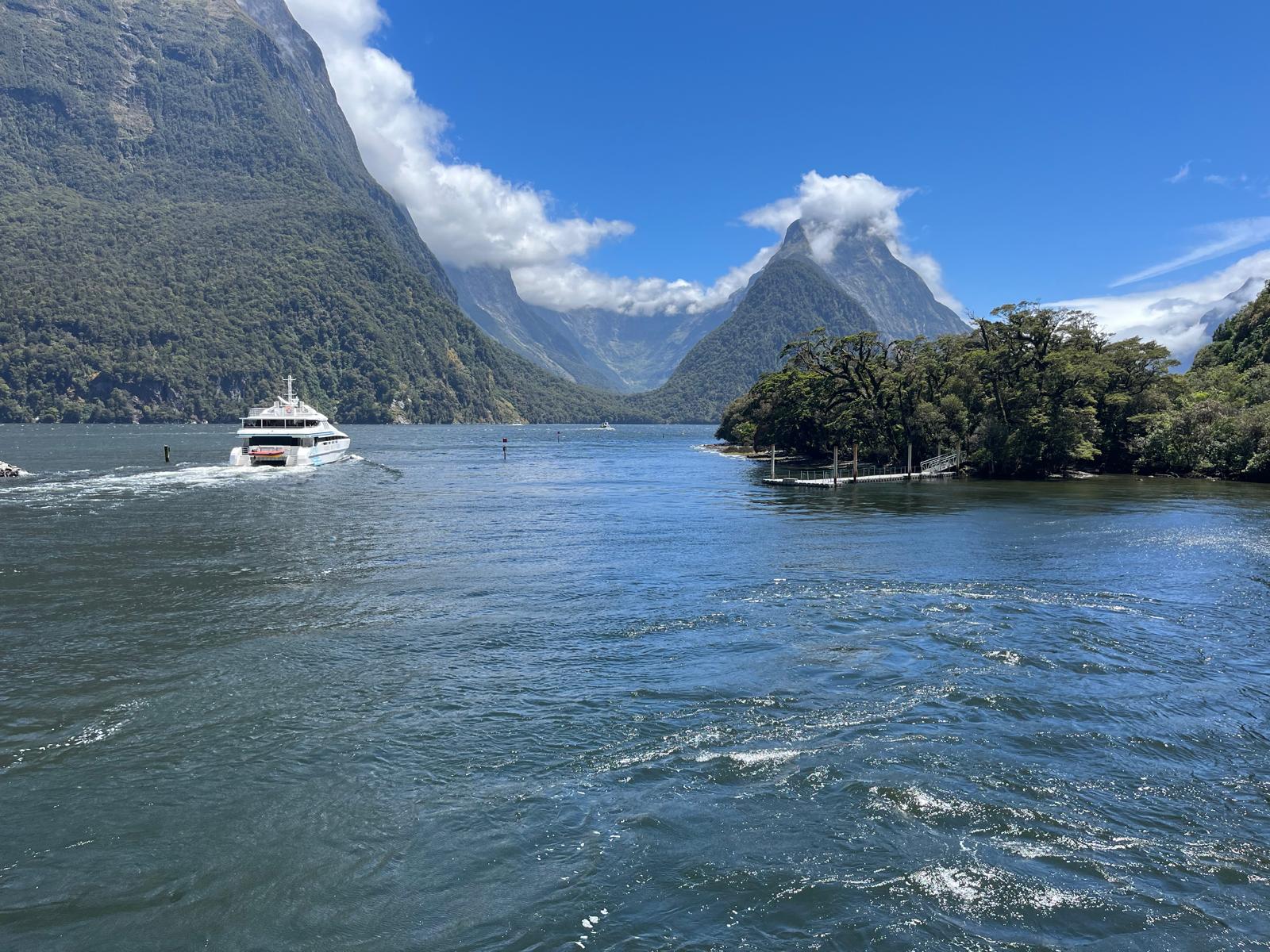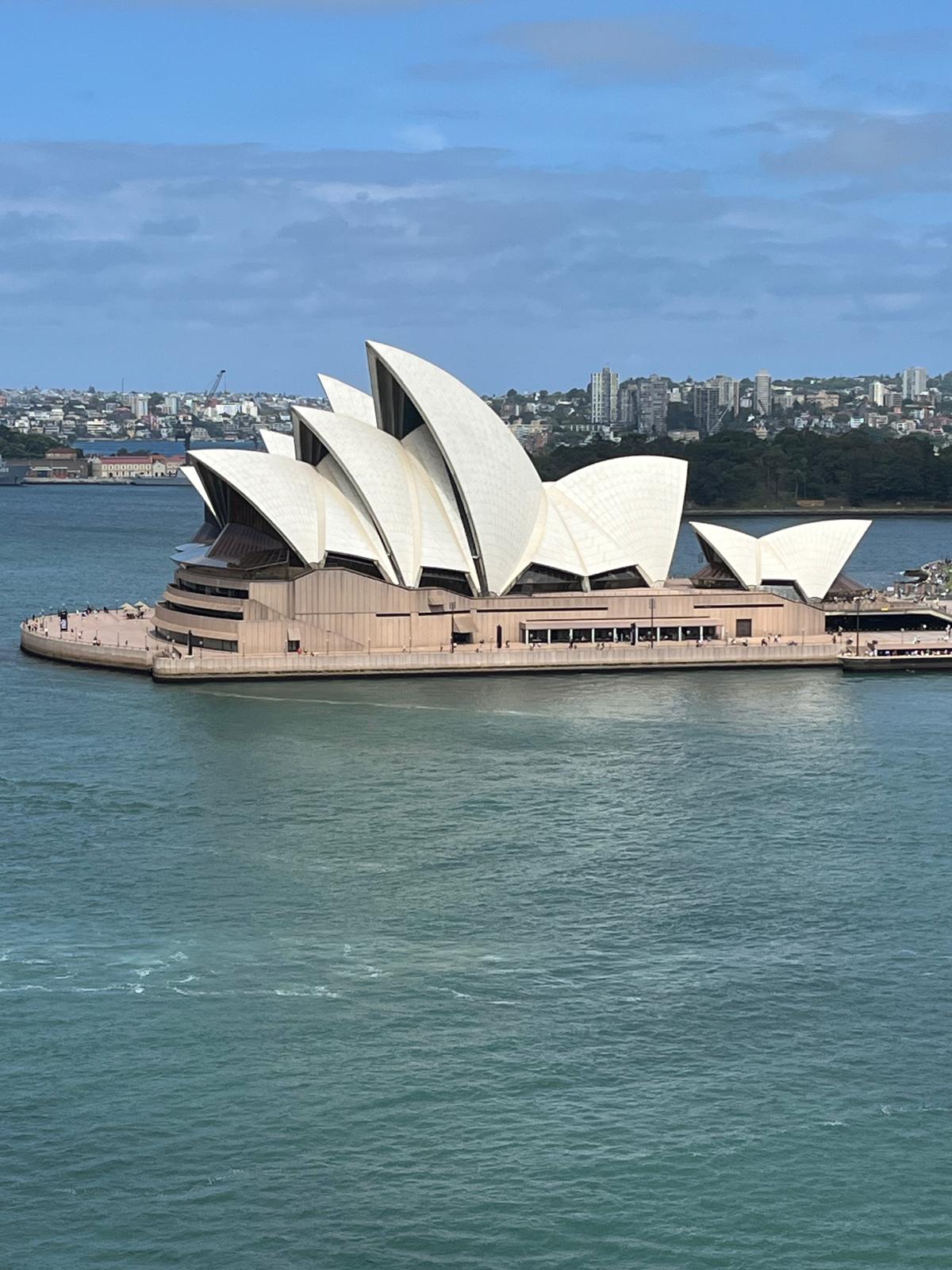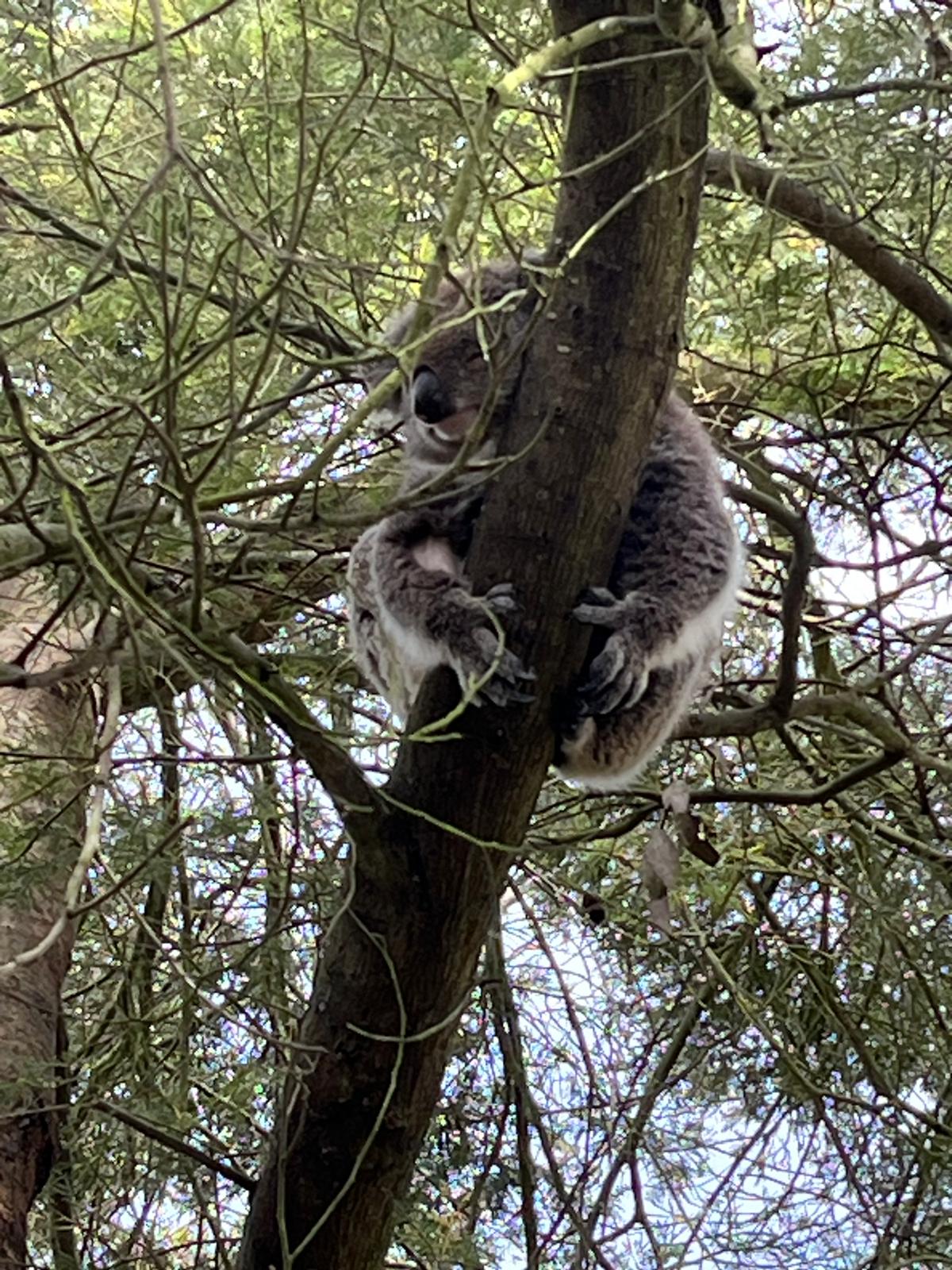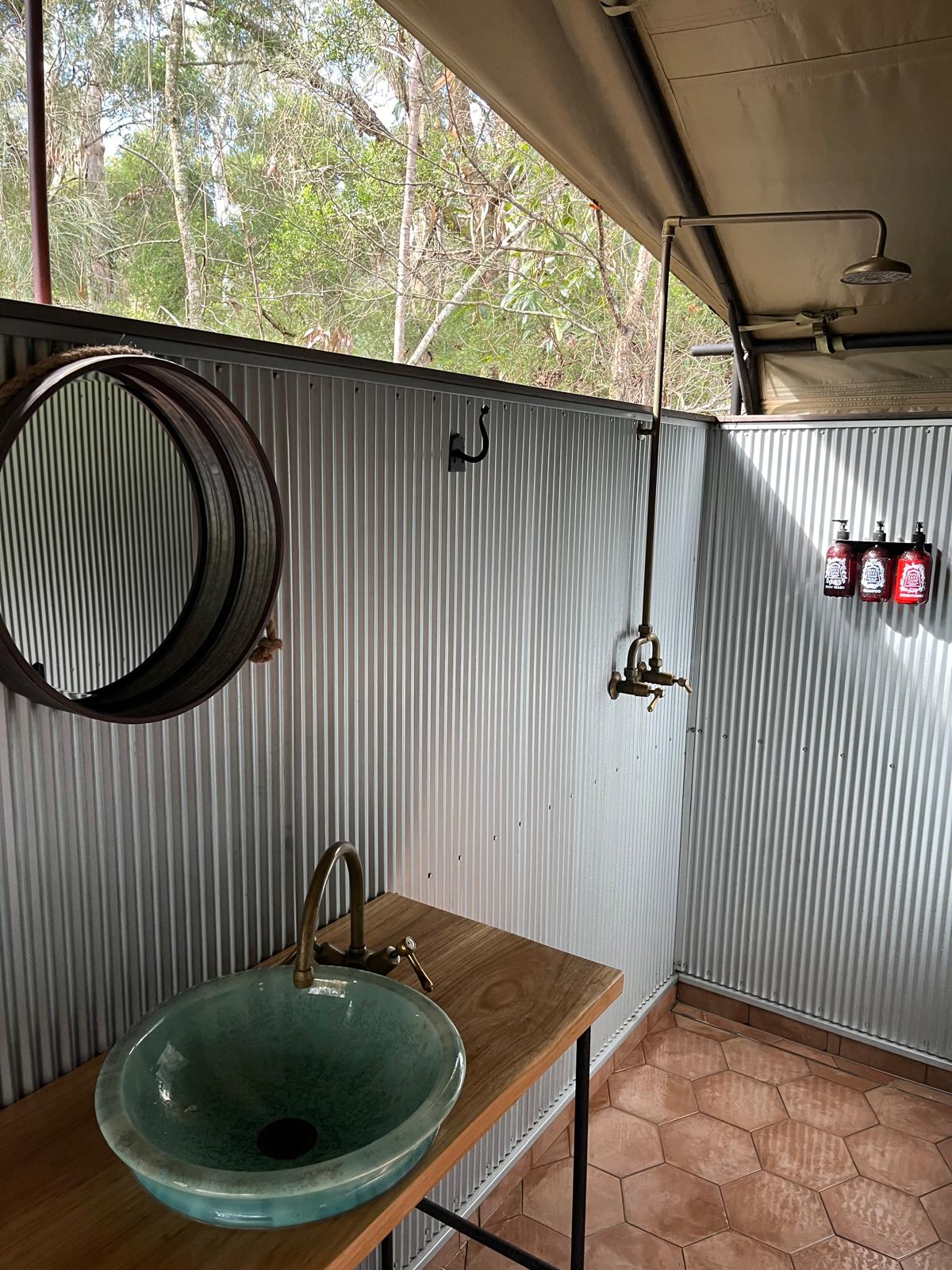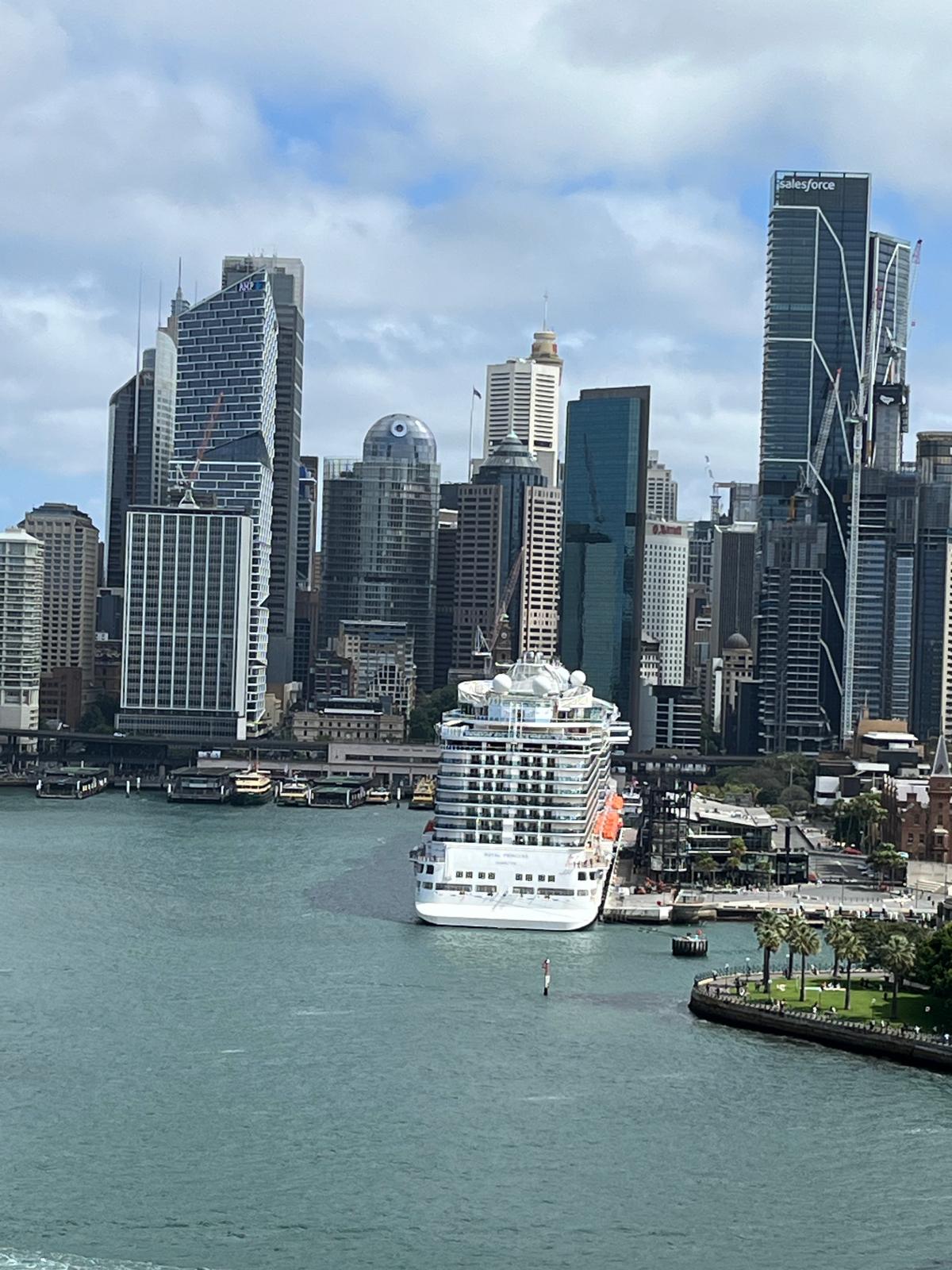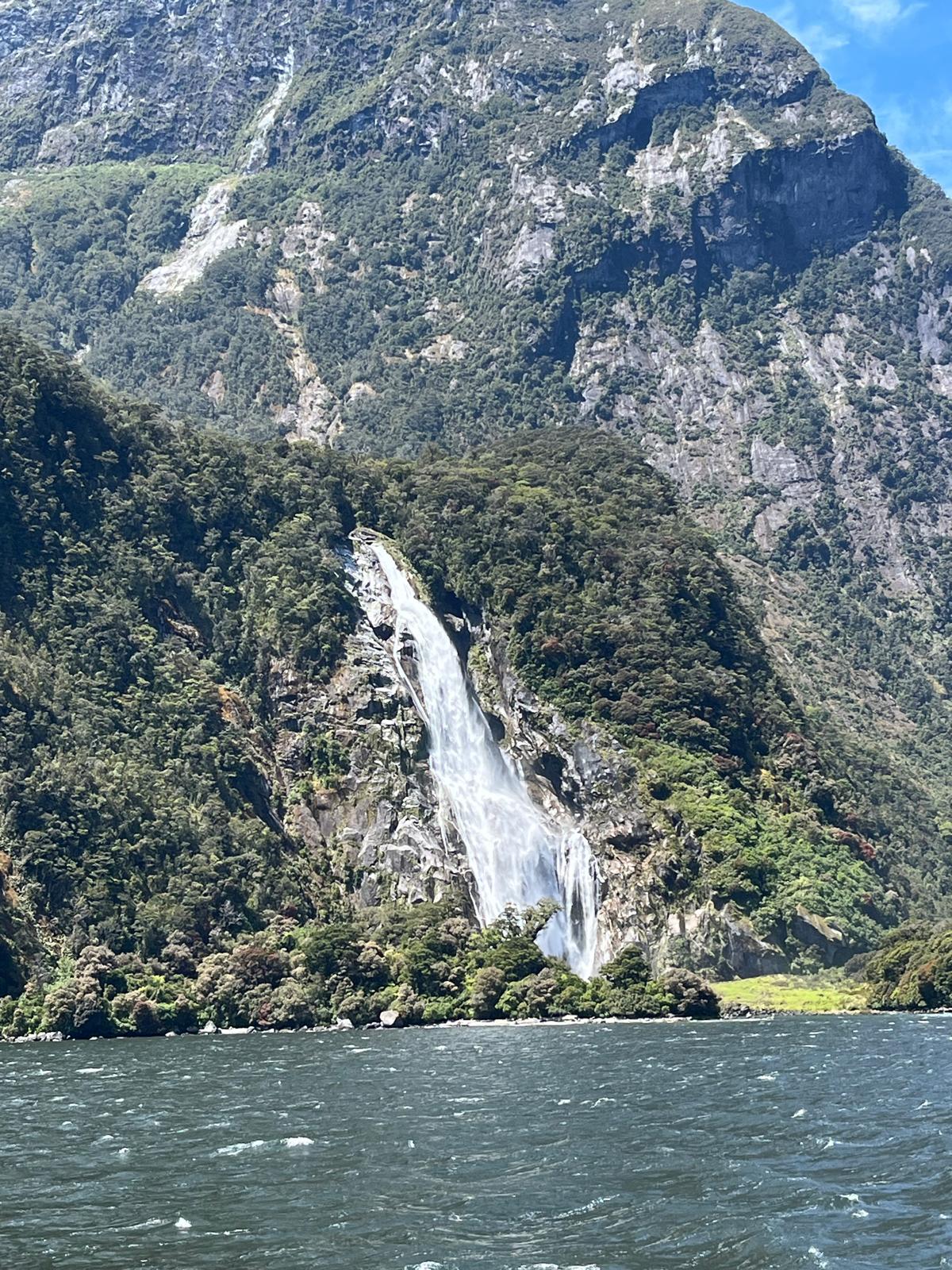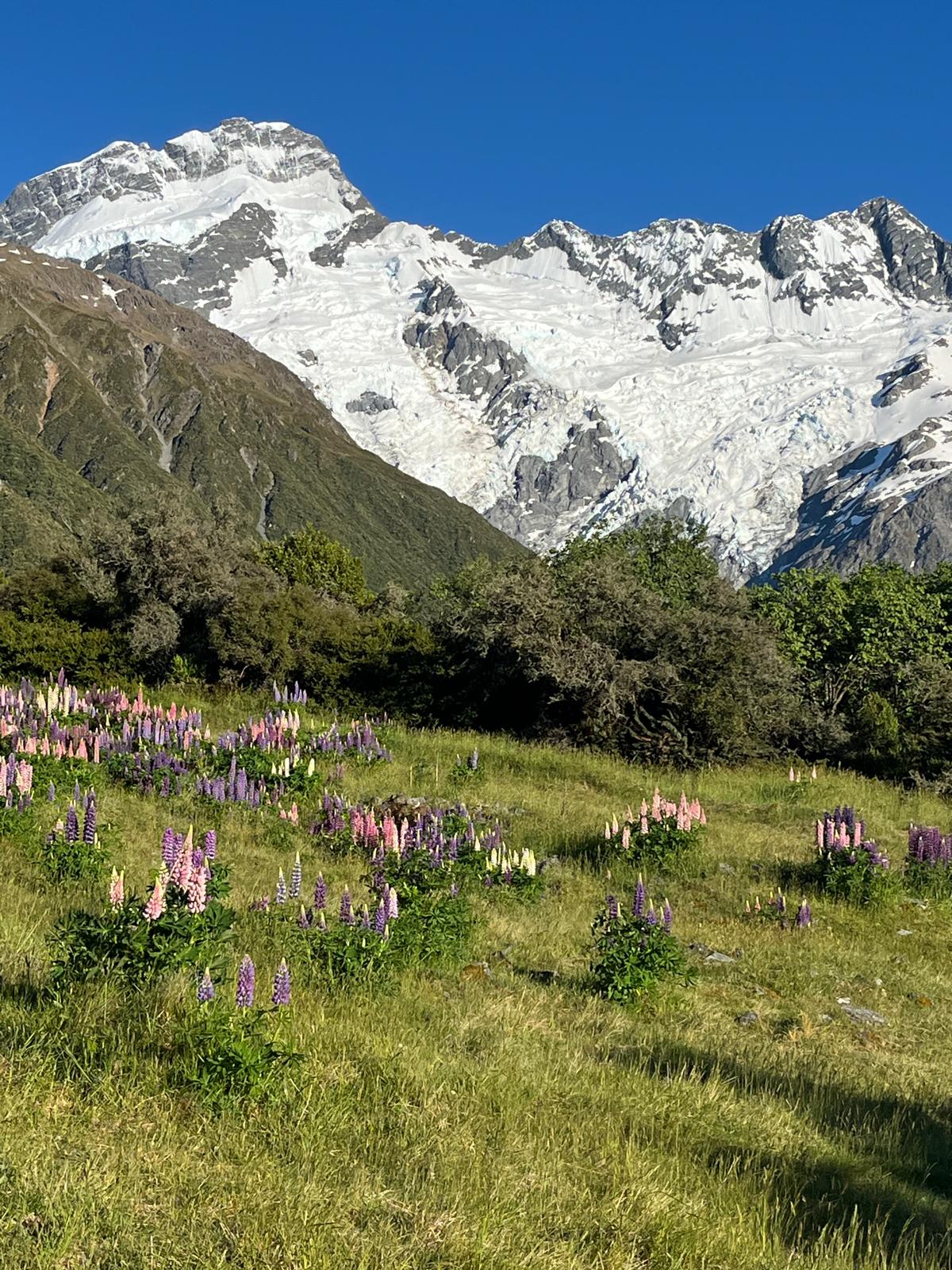Insights from the traveler’s journey
Clients Blog – Travel in November-December 2024
Asko Meriläinen from Project Matka in Melbourne was an outstanding practical organizer for our independent trip in Australia and New Zealand. Following the template we supplied, Asko arranged rental cars and accommodations, and also identified several must-see destinations and events. We highly recommend Project Matka.
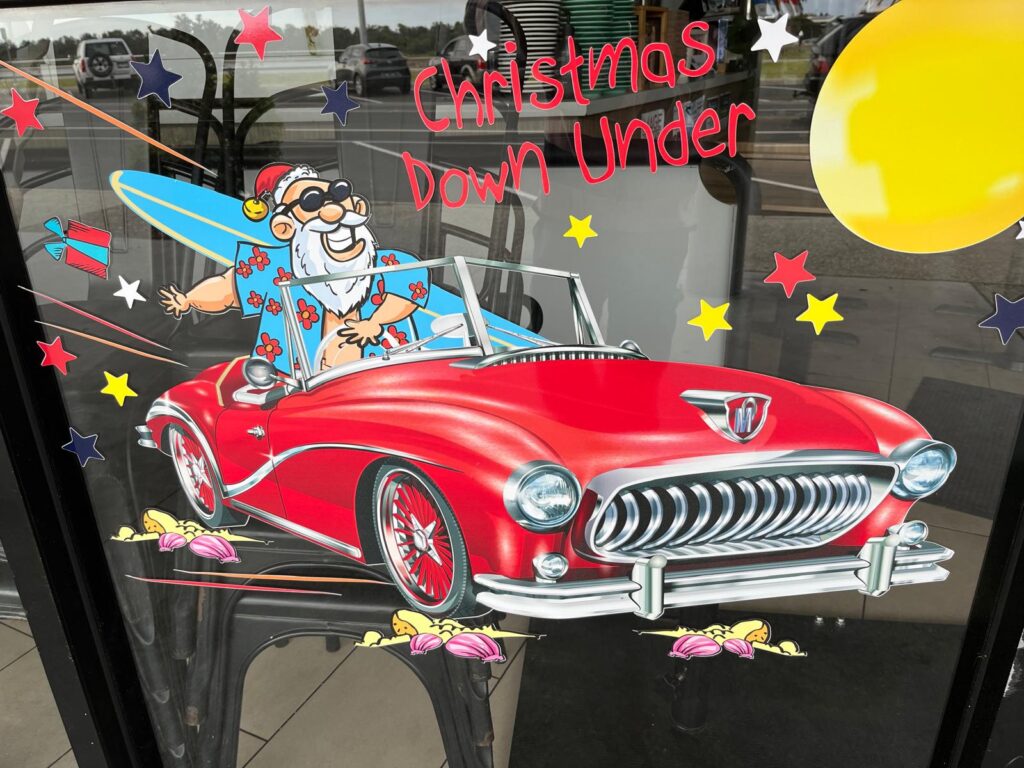
General
When travelling overseas, it’s wise to carry two credit cards along with cash for at least one day’s expenses. Opt for the least expensive items when paying with cash, as many bars, restaurants, and shops in Australia and New Zealand impose an additional charge of 1–10% on card transactions, typically around 1-2%.
The temperature during the trip was +14 – +37 C.
We explored the observation buildings whenever we could, reaching a maximum altitude of 300 meters. My phone’s compass consistently pointed north, though Google provides some perplexing information about various compasses for those unfamiliar. Additionally, the sun sets in the west here too, at noon, moving around the northern horizon. This baffles many visitors arriving at the equator from different directions…
Australia and New Zealand offer ample space; their wide streets accommodate cars, cyclists, and pedestrians alike. Why is space so limited in Finland? Distances are often abbreviated as “k’ for kilometres. Large cities feature parking garages and underground parking, which aren’t necessarily the priciest options. Smooth roundabouts are abundant, and there are few traffic lights, particularly outside the major urban areas.
We travelled approximately 4600 km by rental car, 500 km by bus, 80 km by ferry, 170 km by train, and over 42,000 km by plane (for a total of 5 flights).
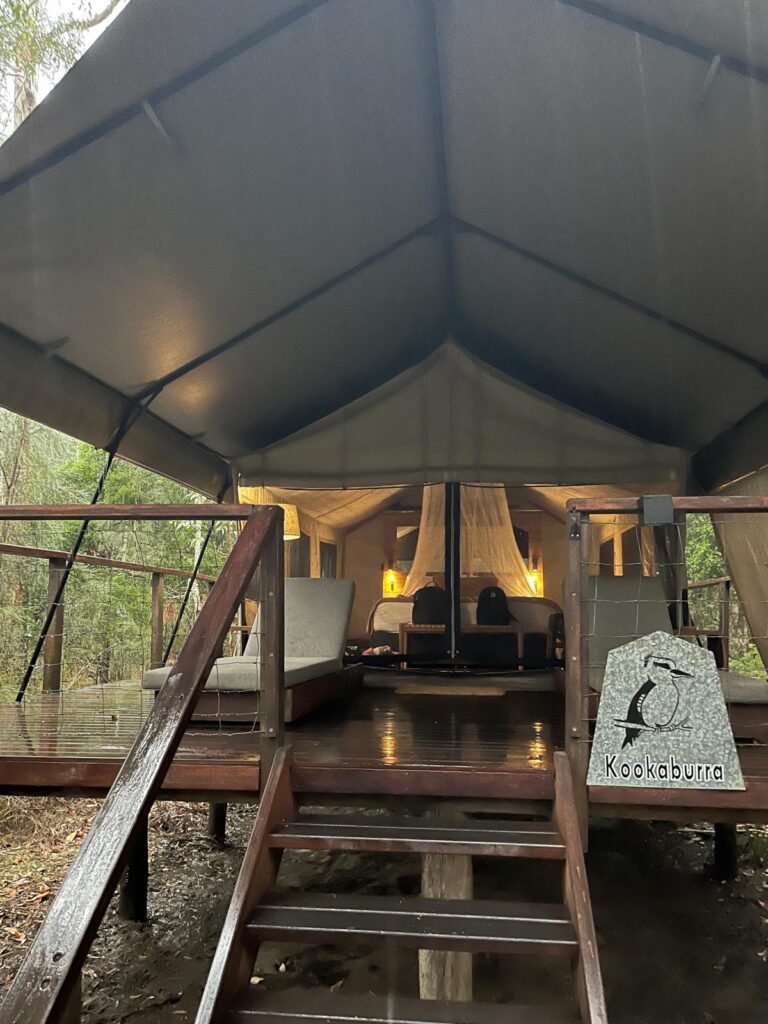
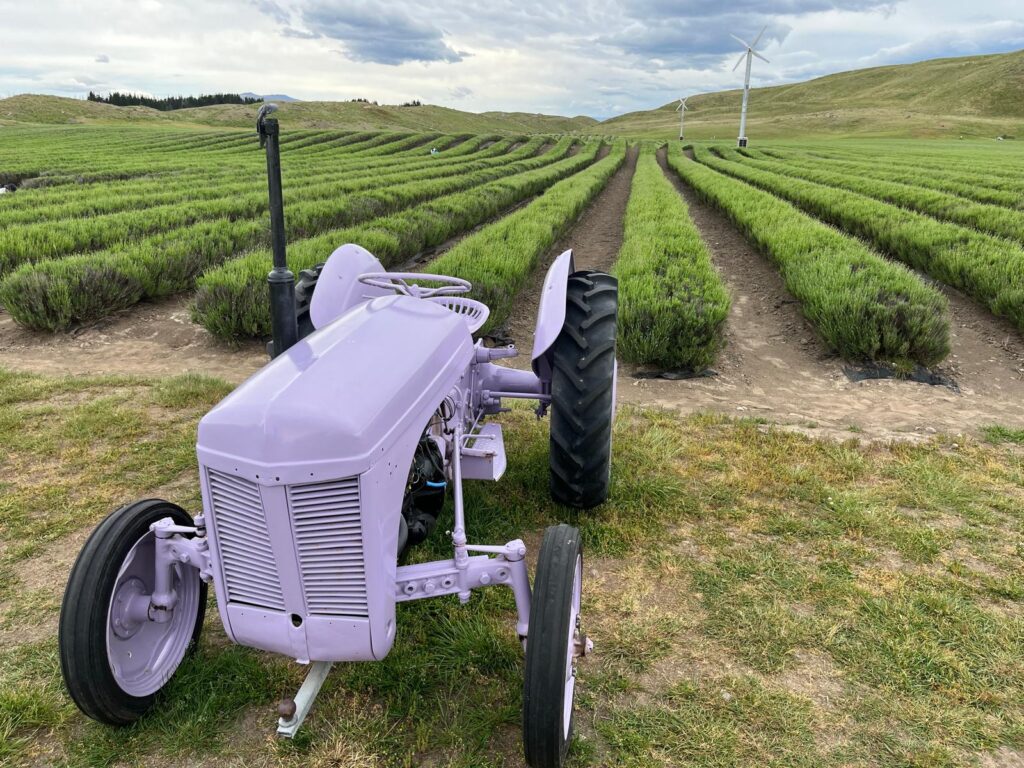
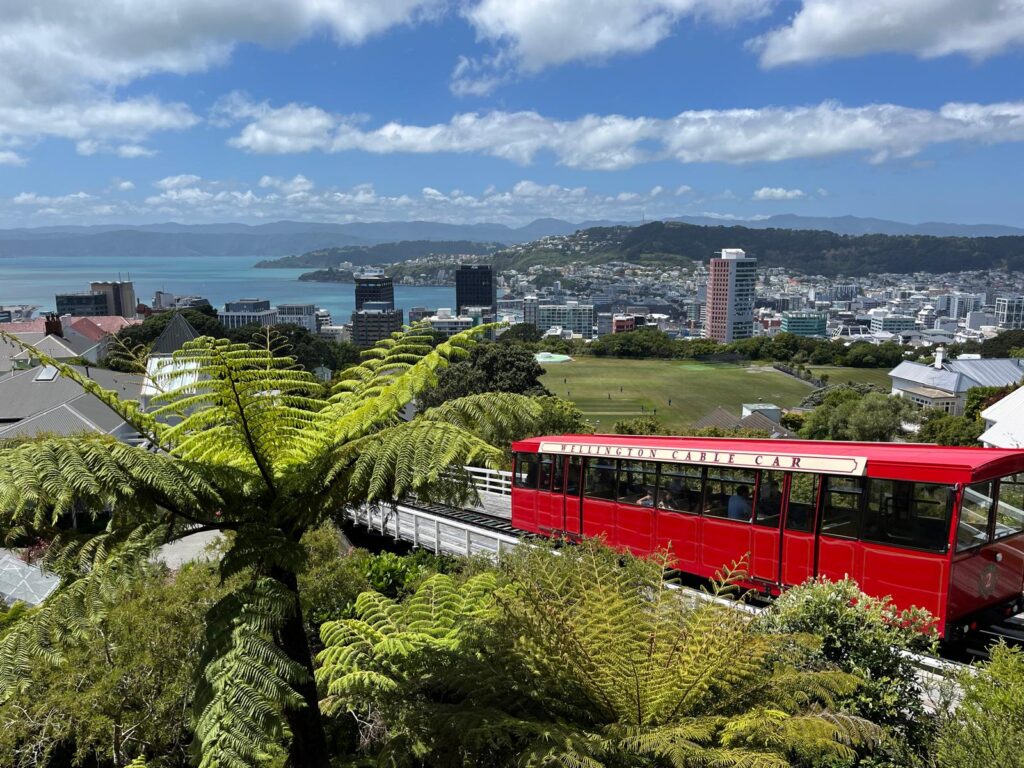
Australia
The maps pre-downloaded to our phones served as a solid foundation for navigating while driving. We didn’t require a local prepaid card or anything similar. The speed limits proved practical, with none of the impossible variations we experience. They are strictly enforced as well. However, the signage could be improved to reach the highest international standards. In traffic, what we call “overtaking” is referred to as “passing” in New Zealand. The petrol price is approximately 1.30 euros/L. Long-nosed American locomotives dominate freight transport in Australia and New Zealand’s South Island, while Scania and Volvo are prevalent on New Zealand’s North Island, along with some Mercedes. This presents a notable difference.
The existing wildfire information boards along the roads display: “Normal…extreme/alert.” A vast forest area has been burned, with different parts affected by fire in different years. Numerous animal carcasses, including kangaroos, can be seen along the roads. It appears that in this region, traffic-related carcasses are often left alone, as nature will eventually manage them.
In rural regions, roadside barriers and various posts are maintained free of weeds using glyphosate, enhancing wildlife visibility. Neither country has game fences. Sheep graze on solar panel fields, effectively keeping the surfaces tidy. The average farm size exceeds 4,000 hectares.
Driving experience: Approximately 300 km from Canberra to Sydney Airport via the Blue Mountains, taking around 10 hours. Expect delays due to roadworks, rain, fog, winding roads, and a significant traffic jam at the end.
New Zealand
With approximately 5.2 million residents and covering around 80% of Finland’s land area, 16 million hectares are designated as arable land. The sheep population stands at about 27 million, with no natural predators. Sheep are predominantly found in the South Island, while dairy cattle are more prevalent in the North Island. More than 75% of export income comes from agricultural products, with the largest quantity of milk powder being exported to China. Molesworth Station, encompassing 182,000 hectares, is the largest farm in the region.
Rainfall is significantly greater than in Australia, resulting in abundant green pastures. Each pasture block features its own well to provide drinking water for the cows. The majority consists of permanent pasture, with only minimal traditional grain cultivation, primarily maize farming located in the North Island.
Buses always arrive directly at the platform (stop) – passengers aren’t required to dash between buses. There are no speed cameras as seen in Australia, yet traffic remains quite moderate. Roadside billboards are absent. Petrol prices hover around 1.90 euros/L.
In both countries, John Deere is the leading brand, followed closely by CNH’s CaseIH and New Holland, with Fendt also being quite popular.
Lake Taupo and the town of Taupo, featuring the impressive Huka Falls rapids, are wonderful destinations. Meanwhile, Rotorua is characterised by a sulphur smell from its volcanic soil, and many baths are muddy. On the South Island, recommended spots include Queenstown and Mount Cook, while Auckland is a notable destination in the North.
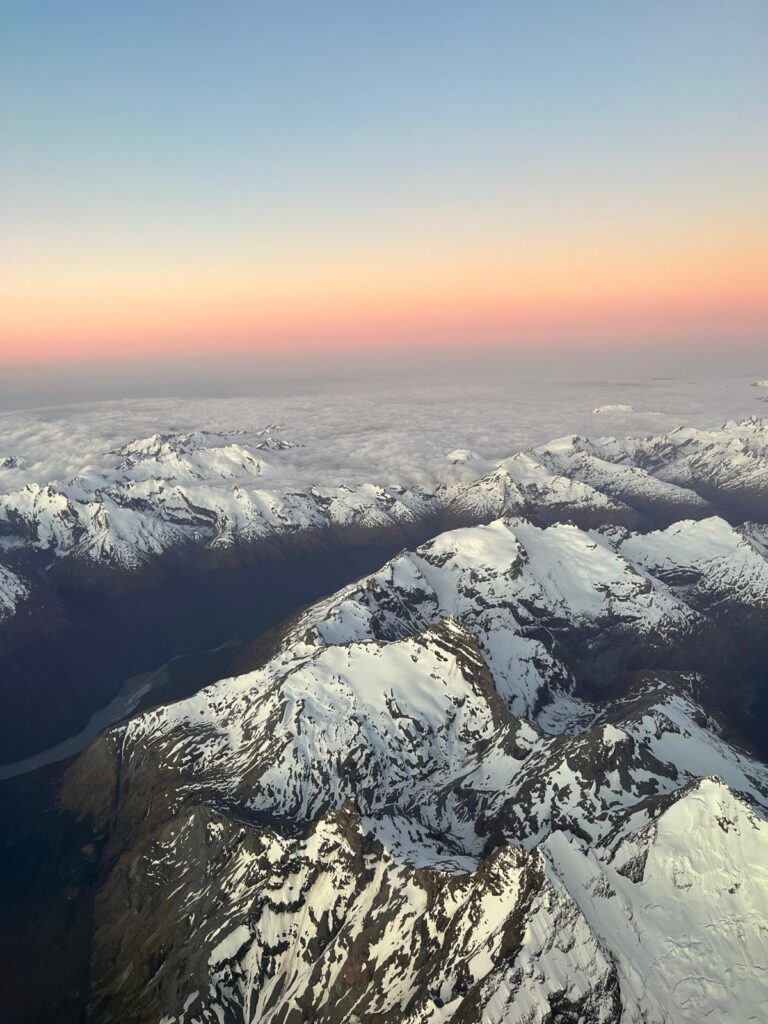
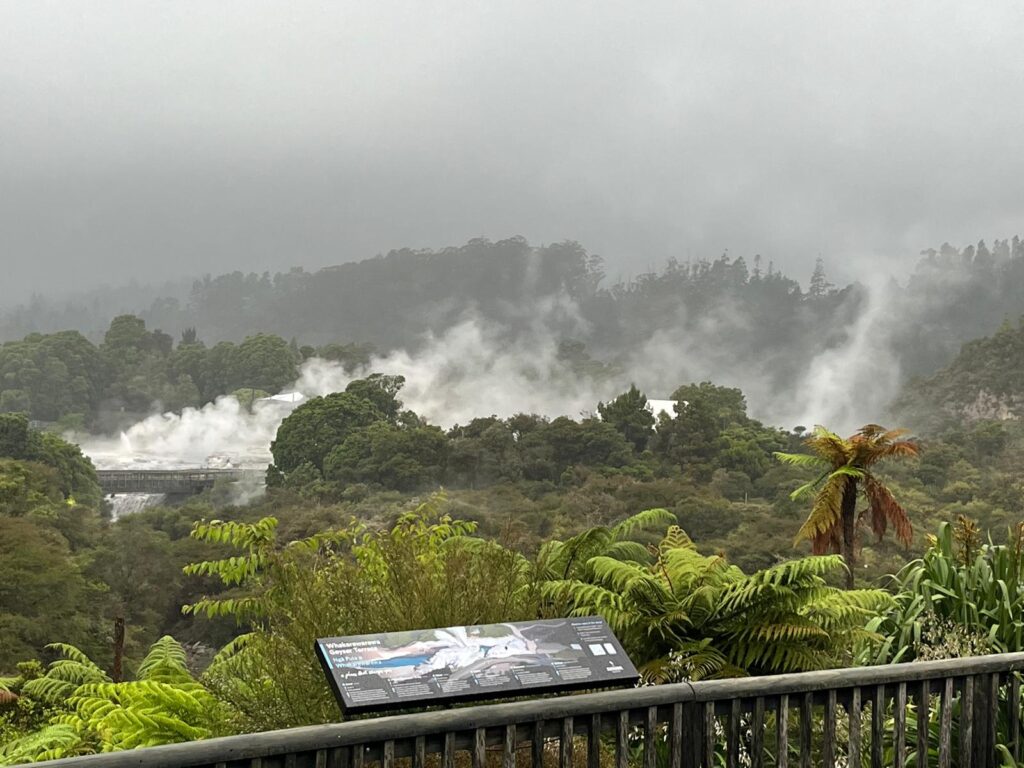
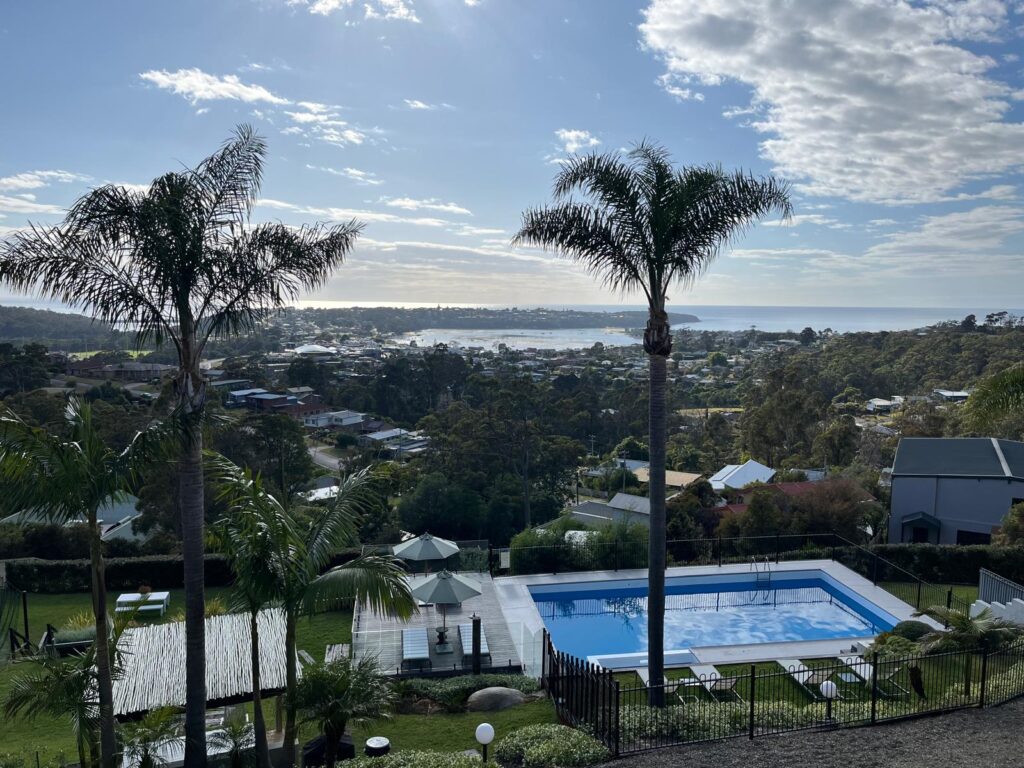
Author & Photos: Juhani Rahkonen
